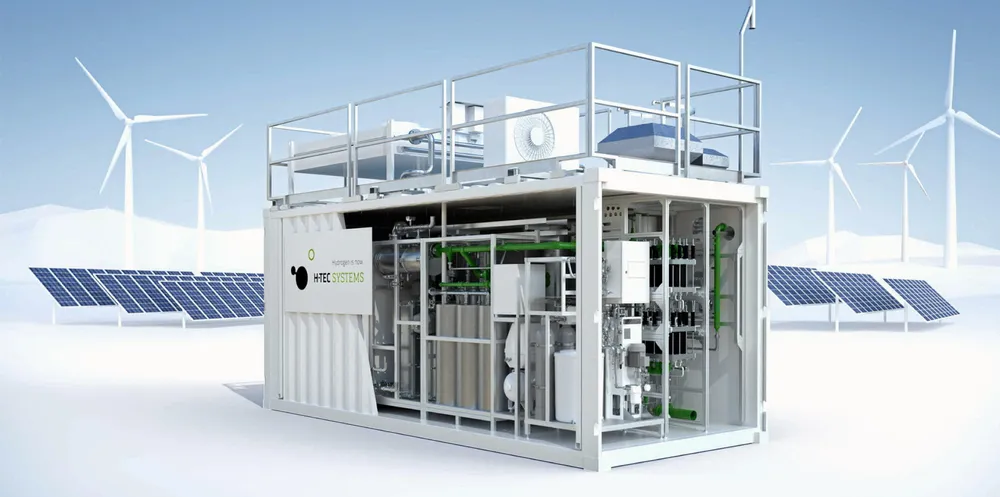REPowerEU | 'Global demand for hydrogen electrolysers in 2030 will be about six times higher than available supply'
More than 400GW of electrolysers will be required by the end of the decade, but only 70GW will be manufactured by then, according to US investment bank Jefferies
